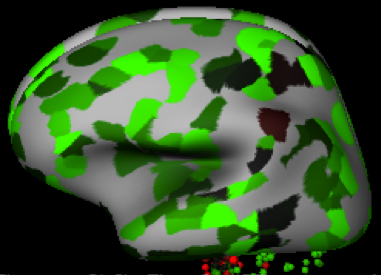FAM76A is a protein that in Homo sapiens is encoded by the FAM76A gene. [5] Notable structural characteristics of FAM76A include an 83 amino acid coiled coil domain as well as a four amino acid poly-serine compositional bias. [6] FAM76A is conserved in most chordates but it is not found in other deuterostrome phlya such as echinodermata, hemichordata, or xenacoelomorpha—suggesting that FAM76A arose sometime after chordates in the evolutionary lineage. Furthermore, FAM76A is not found in fungi, plants, archaea, or bacteria. [7] FAM76A is predicted to localize to the nucleus and may play a role in regulating transcription. [8]






















